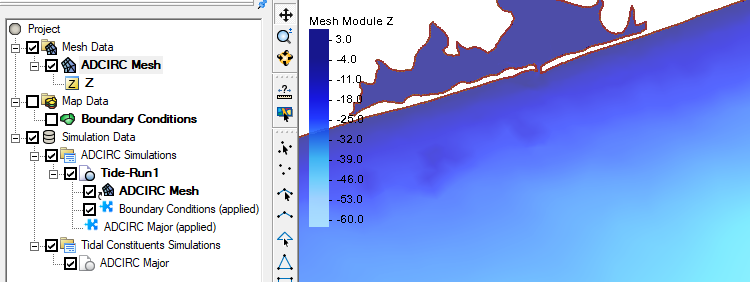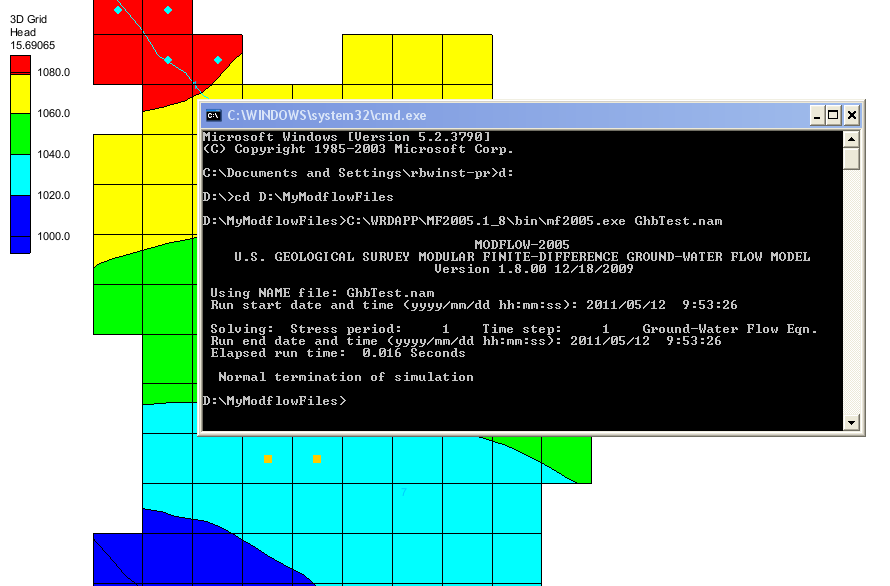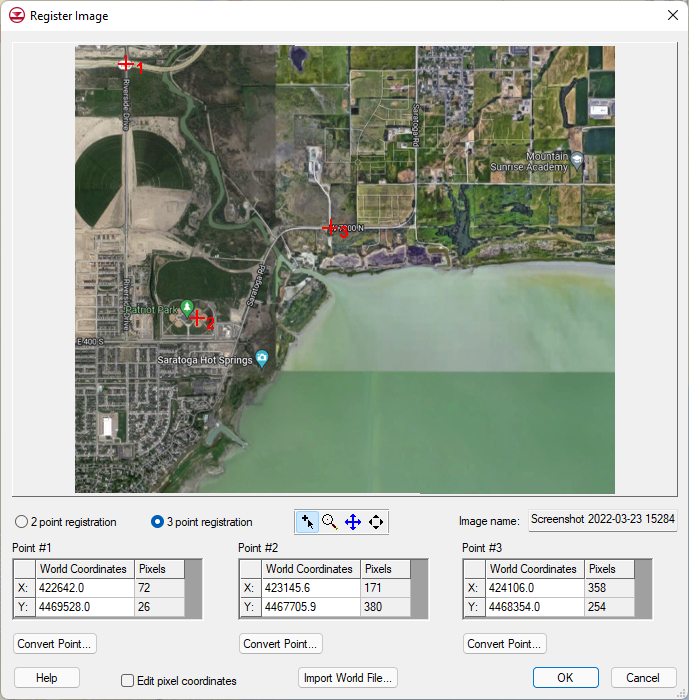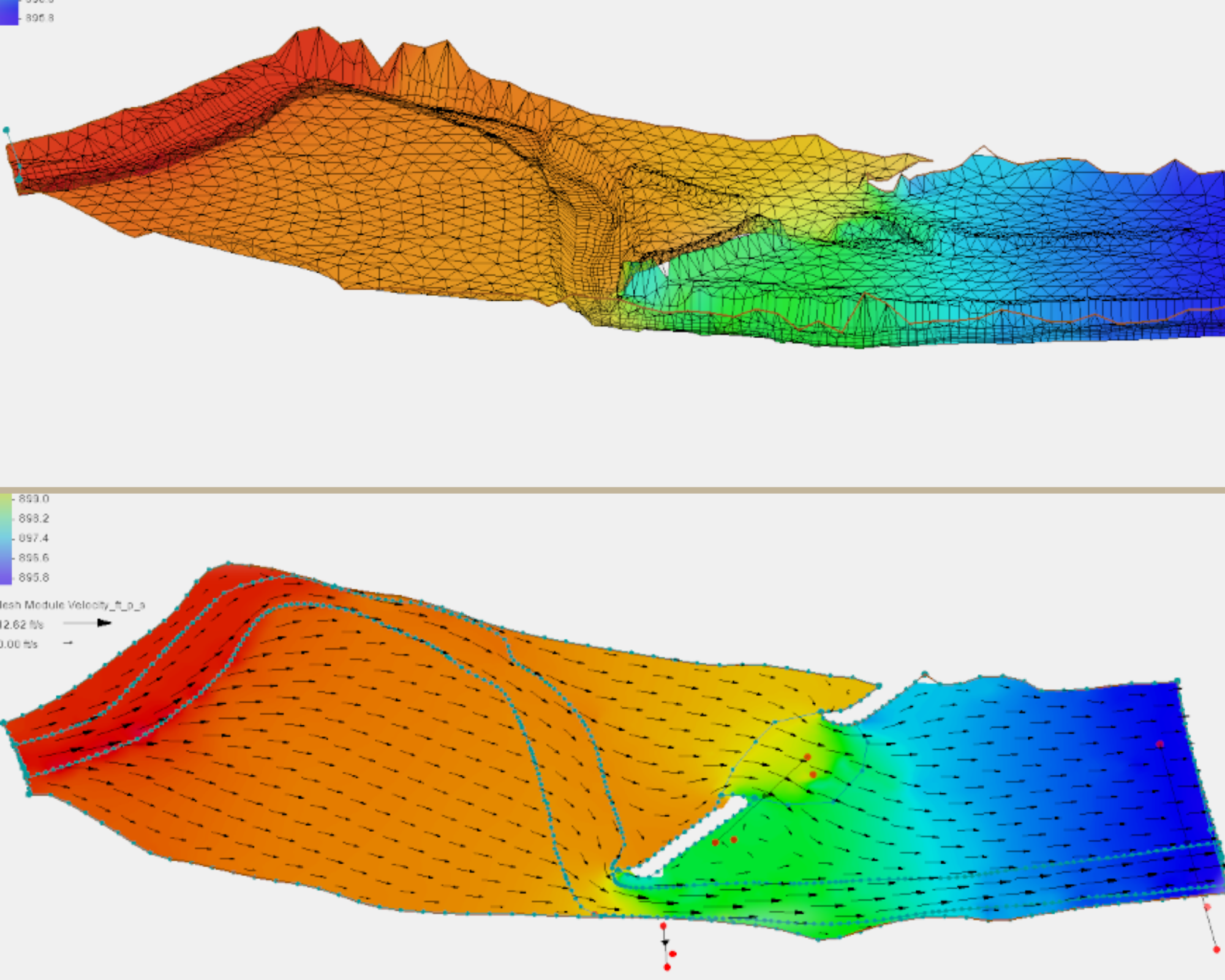Tips for Using ADCIRC with SMS
By aquaveo on April 27, 2022ADCIRC is a popular numeric model that works with the SMS graphical interface. The SMS interface adds a number of tools and features to improve and enhance the use of the ADCIRC model. When building an ADCIRC model in SMS, there are a few items to keep in mind. This article will review some of the best practices for building an ADCIRC model in SMS.
- When importing a fort.22 file, the ADCIRC control file must be imported to read the data in the fort.22 file. If the fort.22 happens to be a best track format file (NWS=8,19,20), add the ".atcf" extension to the file name so that SMS can import the file and create a wind track coverage. This is the only format of fort.22 that is independent enough of the fort.15 to reasonably expect anything to happen on import.
- It can be tempting to create an ADCIRC mesh in SMS, then manually edit the fort.14 file to fine-tune some aspects of the mesh/grid. This is not recommended. Doing this may cause the mesh to not be usable once imported into SMS. It may also cause certain functions to fail such as converting mesh features to a coverage or mapping tidal components. This is not always the case, but care should be taken when editing the fort.14 file outside of SMS. In general, it is not advisable. The model checker may catch these issues, but in some cases the model checker will miss the error.
- It is usually best to make certain that the mesh/grid has what you need before adding it to the simulation. Editing the mesh in SMS after it has been linked to a simulation may require that the mesh be unlinked and re-applied to the simulation.
- Older ADCIRC projects can be added to the most recent version of SMS. When doing this, SMS will convert and update the project. It is recommended that you review the project once it has been converted. Projects created in newer versions of SMS typically cannot be imported into older versions of SMS.

For additional support in using ADCIRC with SMS, contact our technical support team at: support@aquaveo.com
ADCIRC and SMS gives you greater flexibility in coastal modeling. Try out ADCIRC with SMS today!









